The global building sector is one of the largest consumers of energy, accounting for around 40% of total energy use. In India, this sector consumes 31% of the country's energy production, with commercial buildings contributing significantly. With the commercial building stock projected to triple by 2030, energy consumption and greenhouse gas (GHG) emissions are expected to escalate unless mitigative measures are adopted. Recognizing this, the Government of India launched the Energy Conservation Building Code (ECBC) in 2007, aiming to mainstream energy efficiency in commercial buildings.
Understanding the Energy Conservation Building Code (ECBC)
The ECBC sets the minimum energy efficiency standards for five critical systems in buildings:
- Building Envelope: Includes walls, roofs, windows, and other structural components that impact energy use. The focus is on materials and designs that minimize heat loss or gain, ensuring better insulation and energy efficiency.
- Heating, Ventilation, and Air Conditioning (HVAC): Encourages the use of advanced, energy-efficient systems for heating and cooling, which significantly reduce energy consumption.
- Service Water Heating: Promotes the use of renewable energy sources, such as solar water heaters, to meet hot water requirements.
- Lighting: Focuses on energy-efficient lighting solutions, including LED fixtures, automated controls, and daylight integration to minimize reliance on artificial lighting.
- Electrical Power: Reduces energy losses in power distribution through efficient transformers, power factor correction mechanisms, and optimized electrical designs.
By addressing these systems, ECBC aims to optimize the energy performance of commercial buildings, reducing energy consumption while maintaining residents' comfort and functionality.
Key Features and Implementation
While the Bureau of Energy Efficiency (BEE) developed the ECBC, its implementation lies with state governments and urban local bodies (ULBs). The multi-tiered approach involves:
1. Development of Regional Codes: States tailor ECBC guidelines to suit local climatic and regional conditions, ensuring relevance and effectiveness.
2. Legal Notification: Mandatory implementation is formalized through state gazettes, setting the stage for enforcement.
3. Enforcement and Monitoring: Compliance is checked at various project stages, including during construction permits, occupancy certifications, and operational reviews. Robust monitoring systems ensure adherence.
4. Capacity Building: Governments and organizations conduct training programs to build technical expertise among stakeholders, including architects, engineers, and building inspectors.
5. Incentives for Adoption: Financial and regulatory incentives encourage developers to adopt ECBC-compliant practices, making energy-efficient construction more attractive.
Benefits of ECBC Compliance
The adoption of ECBC offers numerous advantages, making it an essential part of sustainable urban development:
1. Significant Energy Savings
- Impact: ECBC-compliant buildings typically achieve 30–40% energy savings compared to conventional buildings. These savings result from optimized insulation, energy-efficient lighting, and advanced HVAC systems.
- A study by the Bureau of Energy Efficiency (BEE) revealed that an ECBC-compliant commercial building with a 50,000 sq. ft. area can reduce its annual electricity consumption by up to 2 lakh kWh. This translates to an operational cost saving of approximately ₹10–12 lakh per year at current energy rates.
- Fact: The International Energy Agency (IEA) estimates that energy-efficient buildings can reduce global energy consumption in the buildings sector by 50% by 2050 if adopted widely.
2. Cost-Effectiveness
- Impact: While ECBC compliance can increase initial construction costs by 2–3%, these costs are offset by long-term savings in energy expenses and system optimization. With government incentives and subsidies, the financial benefits are amplified. The typical payback period for an ECBC-compliant building is 3–4 years.
- Fact: According to the Global Alliance for Buildings and Construction, energy-efficient investments deliver 7–10 times the initial cost over the building's lifecycle.
3. Environmental Impact
- Impact: ECBC-compliant buildings significantly reduce energy consumption, thereby lowering greenhouse gas (GHG) emissions and combating climate change. They contribute to achieving India’s commitment under the Paris Agreement to reduce carbon intensity by 33–35% by 2030.
- Fact: Buildings account for nearly 40% of global energy-related carbon emissions (UNEP). ECBC compliance can drastically cut these emissions by up to 20% per building.
4. Enhanced Occupant Comfort
- Impact: ECBC-compliant buildings optimize thermal insulation, HVAC systems, and lighting, creating more comfortable indoor environments. These features contribute to improved productivity and well-being for occupants.
- Fact: According to the World Green Building Council, better indoor environmental quality can enhance cognitive function and productivity by up to 61%.
5. Increased Market Value
- Impact: Energy-efficient buildings often command higher market values and rental premiums due to their lower operational costs and alignment with sustainability goals. They also have a competitive edge in markets where energy efficiency is a key consideration.
- Fact: A study by McGraw Hill Construction reported that green-certified buildings achieve an 8–10% higher market valuation than their conventional counterparts.
Case Studies
1. Indira Paryavaran Bhawan, New Delhi

Source: Facebook
Indira Paryavaran Bhawan, located in New Delhi, is a groundbreaking project by the Ministry of Environment and Forest (MoEF) that sets a new benchmark for energy-efficient building design in India. This state-of-the-art office building exemplifies the principles of ECBC and green construction practices, achieving an Energy Performance Index (EPI) of 44 kWh/m²/year, which is 70% less than conventional buildings.
Project Overview:
- Occupancy Type: Office
- Typology: New Construction
- Climate Type: Composite
- Project Area: 9,565 m²
- Grid Connectivity: Grid-connected
Passive Design Strategies:
- Orientation: The building is north-south oriented with blocks connected via corridors and a central courtyard. This minimizes heat ingress and optimizes natural lighting and ventilation.
- Landscaping: Over 50% of the external area is covered with plantations. Soft paving is used for roads and pathways to aid groundwater recharge.
- Daylighting: 75% of the floor space is naturally lit, significantly reducing reliance on artificial lighting. The central courtyard acts as a light well.
- Ventilation: The courtyard facilitates natural ventilation through the stack effect, complemented by windows and jaalis for cross ventilation.
- Building Envelope and Fenestration: Optimized materials such as uPVC windows with double glazing, rock wool insulation, and high-reflectance cool roofs reduce energy demand.
- Materials: Sustainable materials like AAC blocks, fly ash-based plaster, bamboo composite doors, and local stone flooring were used to enhance sustainability.
Active Design Strategies:
Lighting:
- Energy-efficient lighting systems with an LPD of 5 W/m² (50% more efficient than ECBC standards).
- Use of T5 lamps, lux-level sensors, and building-integrated photovoltaic (BIPV) systems.
HVAC:
- Advanced chilled beam systems reduce energy use by 50% compared to conventional systems.
- A geothermal heat exchange system with 180 vertical bores eliminates the need for traditional cooling towers.
- Functional zoning and pre-cooled air from energy recovery systems further enhance efficiency.
Renewable Energy:
- A 930 kW solar PV system covering 4,650 m² generates 14.3 lakh units annually, enabling the building to achieve net-zero energy status.
- The building began feeding power to the grid in November 2013, with daily generation of approximately 300 kWh.
Certifications and Recognition:
- GRIHA 5 Star and LEED Platinum certifications.
- Recipient of the Adarsh/GRIHA award for exemplary integration of renewable energy technologies.
2. Atal Akshaya Urja Bhawan, New Delhi
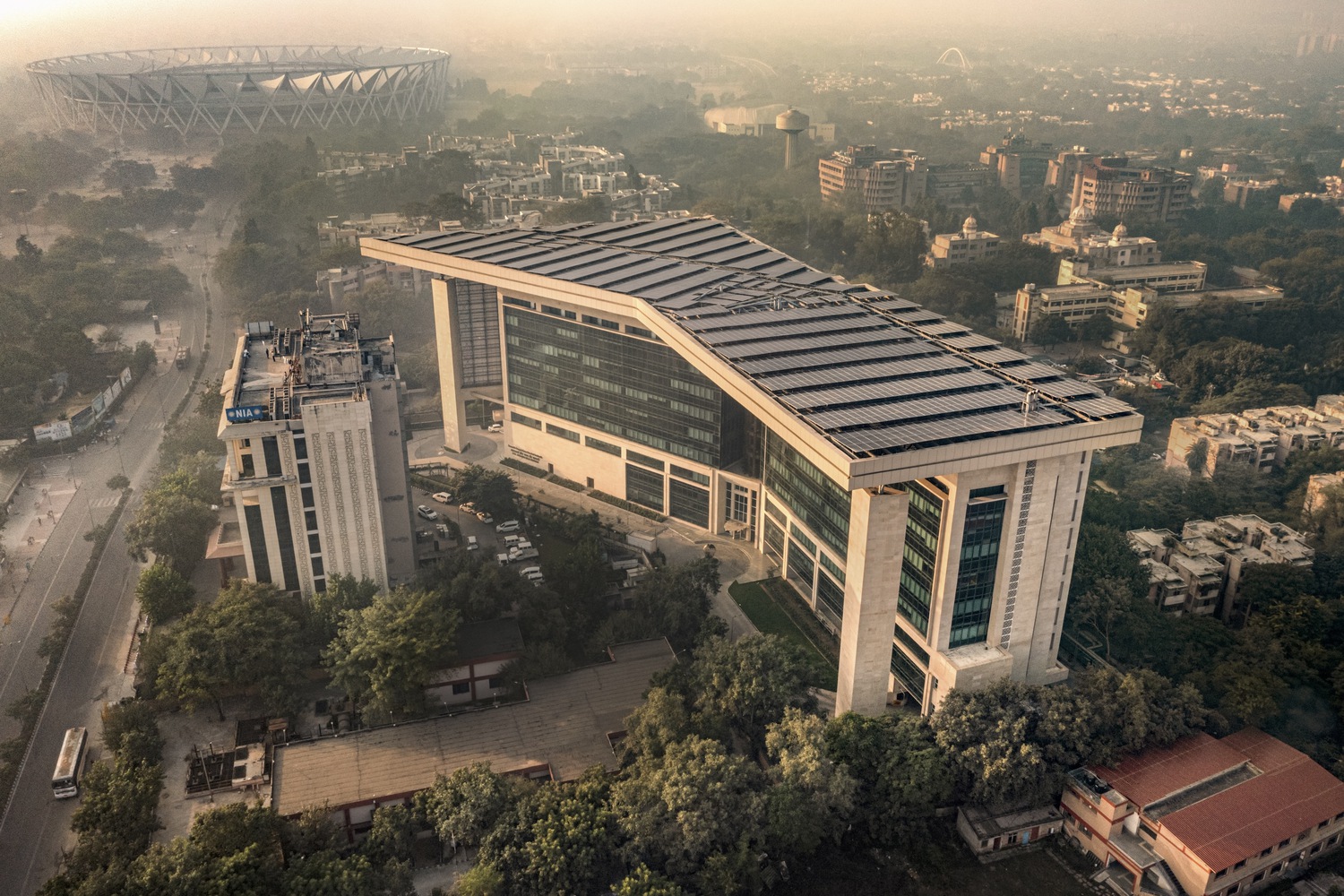
Source: Archdaily
Atal Akshaya Urja Bhawan, completed in 2022, serves as the headquarters of the Ministry of New and Renewable Energy (MNRE). As a net-positive energy building, it demonstrates a pioneering approach to sustainable design, integrating renewable energy systems and setting an example for future government office buildings.
Project Overview:
- Occupancy Type: Office
- Typology: New Construction
- Climate Type: Composite
- Project Area: 38,147 m²
- Grid Connectivity: Grid-connected
- EPI: 47 kWh/m²/year
Passive Design Strategies:
- Orientation: The building’s north-south alignment maximizes natural light, with functional spaces positioned to minimize heat exposure.
- Building Envelope: The west facade features GFRC jaalis for cross-ventilation, while the east uses a cavity wall with glass wool insulation. The south wall doubles as a solar wall, generating electricity and providing shading.
- Daylighting: 90% of the floor area receives glare-free daylight, reducing reliance on artificial lighting.
- Fenestration: Double-glazed units on the east and north facades provide insulation and daylight penetration.
- Landscaping: The site preserves existing trees and incorporates native plantations, enhancing sustainability.
Active Design Strategies:
Cooling System:
- A hybrid cooling system with radiant chillers and screw chillers reduces energy use by 33% compared to conventional systems.
- The fresh air system, equipped with heat recovery wheels, ensures efficient ventilation.
Lighting:
- Office lighting power density is as low as 3.77 W/m².
- Parking areas feature lighting with an LPD of 1.07 W/m².
Building Management System: Integrated plant optimizers and demand control ventilation enhance energy efficiency.
Renewable Energy: A 1,100 kW solar PV system on the roof and south wall generates 19 lakh units annually, making the building net-positive in energy production.
Certifications and Recognitions: Recognized by GRIHA as a model of sustainable government infrastructure.
3. PL-13 Annexe Building, Mumbai
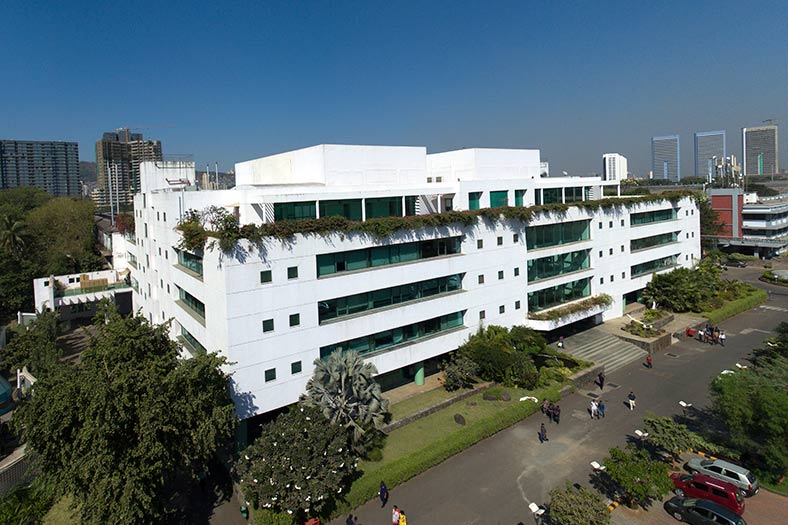
Source: Aceupdate
The Plant 13 Annexe Building at Godrej & Boyce (G&B), located in Mumbai, holds the unique distinction of being India’s first CII-IGBC rated Net Zero Energy Building. This multi-use facility, which includes office spaces, conference rooms, auditoriums, and dining facilities, showcases innovative design and energy efficiency.
Project Overview:
- Location: Vikhroli-East Mumbai
- Typology: Existing/Retrofit
- Climate Type: Warm and Humid
- Project Area: 24,443 m²
- Date of Completion: May 2010
- EPI: 71.68 kWh/m²/year
Passive Design Strategies:
- Landscaping: The ground floor garden spans 2,700 m², while the terrace garden covers 1,300 m². Sustainable landscape design, with 75% native or adaptive species, reduces irrigation needs.
- Daylighting: A glass atrium ensures abundant natural light in the lobby and entrance, while recessed windows control glare.
- Building Envelope: Features such as roof gardens, optimized orientation, and high-transmittance glass reduce the building’s cooling load.
Active Design Strategies:
HVAC System:
- Tailored systems, including two 125 TR and two 250 TR capacity chillers, with variable pumping systems for efficient chilled water circulation.
- AHUs with VFDs and modulating valves serve conference rooms with individual VAVs for thermal comfort.
Indoor Air Quality: Fresh air systems in the canteen kitchen operate on VFDs, saving 20% in energy use for blowers.
Monitoring: A real-time operational performance system tracks energy usage and generates auto-reports for corrective actions.
Renewable Energy: A 120 kWp rooftop solar PV system meets 8% of the building’s energy requirements.
Real-time monitoring ensures optimal performance, with plans to implement automated cleaning systems to improve efficiency and conserve water.
Certifications and Recognition:
- IGBC Platinum Rating (2015, re-certified in 2019).
- BEE 5 Star Rating (2016).
- Energy Performance Award (2019) for rigorous energy measurement.
- Excellent Energy Efficient Unit (2020) at the CII National Energy Management Awards.
4. Uttar Pradesh’s UP ECBC Implementation
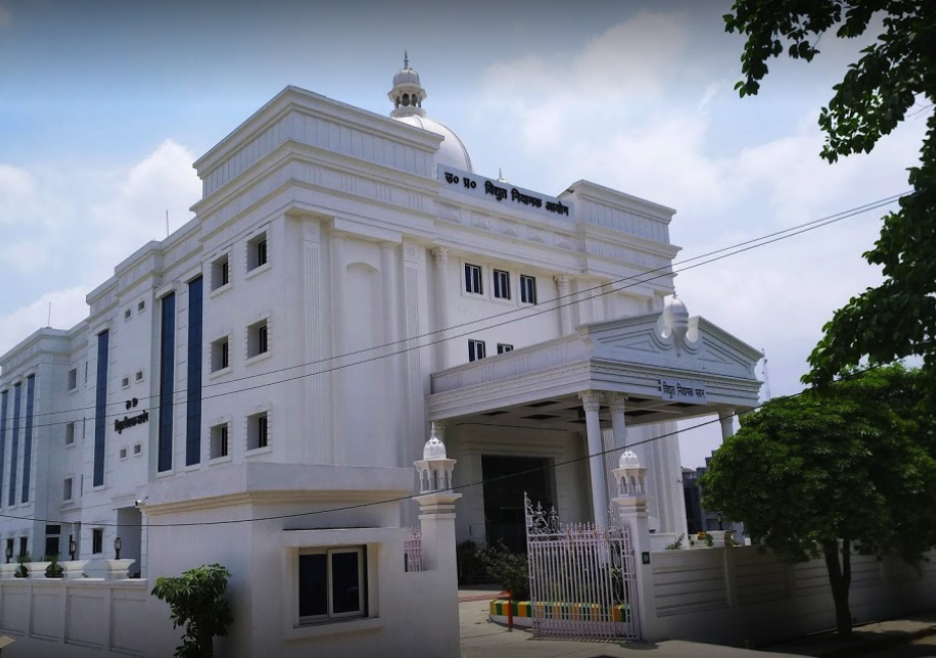
Source: Uttar Pradesh New and Renewable Energy Development Agency
Uttar Pradesh, the most populous state in India, has pioneered the implementation of the Energy Conservation Building Code (ECBC) through its state-specific version—the Uttar Pradesh Energy Conservation Building Code (UPECBC). Introduced in 2018, this initiative demonstrates a comprehensive approach to achieving energy efficiency in the state's urban landscape, integrating climate-specific adaptations and local building bylaws.
Project Overview
- Code Version: Uttar Pradesh Energy Conservation Building Code (UPECBC)
- Launch Year: 2018
- Focus: Climate-specific adaptations and integration with state building bylaws
- Implementation Framework: Transparent compliance process and streamlined approvals
- Energy Savings: 171 GWh annually from certified projects
Implementation Strategies
1. Transparent Compliance Process
Uttar Pradesh adopted a clear and efficient process for UP ECBC compliance, emphasizing collaboration among state and municipal authorities.
2. Committee Formation
- ECBC Draft Committee: Developed and finalized the UPECBC guidelines.
- Steering Committee: Oversaw implementation and monitored compliance progress.
3. Three-Pronged Approach
- Execution by Development Authorities: Integration of UPECBC compliance into urban planning and building approval processes.
- Stakeholder Engagement: 22 workshops and training sessions were conducted for developers, architects, and contractors.
- Simplified Compliance Framework: Two-stage approval process, with checks during design and construction phases.
Impact and Recognition
- Certified Buildings: 134 compliant projects contributing significantly to the state’s energy efficiency goals.
- Energy Savings: Achieved annual savings of 171 GWh, setting an example for other states to follow.
- Leadership: The UPECBC initiative has positioned Uttar Pradesh as a leader in energy conservation efforts, with replicable strategies for other regions.
Challenges to ECBC Implementation
Despite its introduction by the Bureau of Energy Efficiency (BEE) and notification by multiple states, ECBC compliance has yet to achieve widespread implementation. However, several barriers hinder its implementation, as detailed below:
1. Complex Institutional Hierarchy
ECBC implementation involves a multilayered governance structure spanning ministries and agencies at the central, state, and local levels. While BEE oversees the code's development, its implementation falls under the purview of diverse entities, including:
- Central Ministries such as the Ministry of Power and the Ministry of Urban Development.
- State-level departments such as State Designated Agencies (SDAs), State Urban Development Departments (UDDs), and Public Works Departments (PWDs).
- Urban Local Bodies (ULBs) at the local level.
This fragmented structure requires clear articulation of roles and responsibilities to delineate technical and administrative tasks.
2. Limited Capacity of State and Local Bodies
Many state and local agencies lack the training and resources needed to enforce ECBC effectively. SDAs tasked with ECBC-related work are often understaffed, with as few as five members managing compliance efforts in some states—an insufficient workforce given India's burgeoning real estate sector.
3. Amendment of Existing Regulations
Implementing ECBC necessitates revising PWD specifications and ULB bye-laws to include energy efficiency measures. This process is complex and requires substantial technical support.
4. Insufficient Training and Technical Support
While technical assistance is available through ECBC cells established by governments and supported by bilateral and multilateral programs, there is still a significant gap in capacity-building efforts. Architects, contractors, consultants, and town planning authorities require extensive training to ensure effective code adoption and enforcement.
Solutions for Effective ECBC Implementation
To unlock the full potential of energy savings through ECBC, the following measures can pave the way forward:
1. Enhanced Inter-Ministerial Coordination
Greater collaboration between the Ministry of Power (MoP) and Urban Development Departments (UDDs) is essential. Viewing ECBC as a national policy rather than a ministry-specific initiative will facilitate streamlined implementation.
2. Clear Division of Responsibilities
ECBC responsibilities should be divided into technical and administrative domains:
Technical: Architects and engineers can leverage existing building simulation tools and green building practices to achieve compliance. Examples include:
- Aranya Bhawan, Jaipur: Passive design measures and efficient cooling systems reduced its cooling load by 28%, achieving an Energy Performance Index (EPI) of 44 kWh/m²/year.
- Akshaya Urja Bhawan, Panchkula: Innovative features like solar chimney ventilation and motion-sensor lighting brought its EPI down to 13 kWh/m²/year.
Administrative: Procedures should specify input/output requirements for compliance verification, especially for whole-building performance approaches.
3. Capacity Building and Awareness
Organizations like the Alliance for an Energy Efficient Economy (AEEE), with support from NITI Aayog, UNDP-GEF, and BEE, are conducting workshops to train state and local officials. Expanding such initiatives can accelerate the development of ECBC compliance mechanisms and promote widespread adoption.
The Energy Conservation Building Code is a cornerstone of India’s strategy to promote sustainable development in the commercial building sector. By fostering energy-efficient design and construction practices, ECBC not only reduces operational costs and environmental impact but also enhances the quality of urban infrastructure. The case study of the ECBC-compliant hospitality project underscores the practicality and benefits of adopting these standards. With continued efforts to address implementation challenges and scale up adoption, India can set a global benchmark in energy-efficient building practices, paving the way for a greener, more sustainable future.


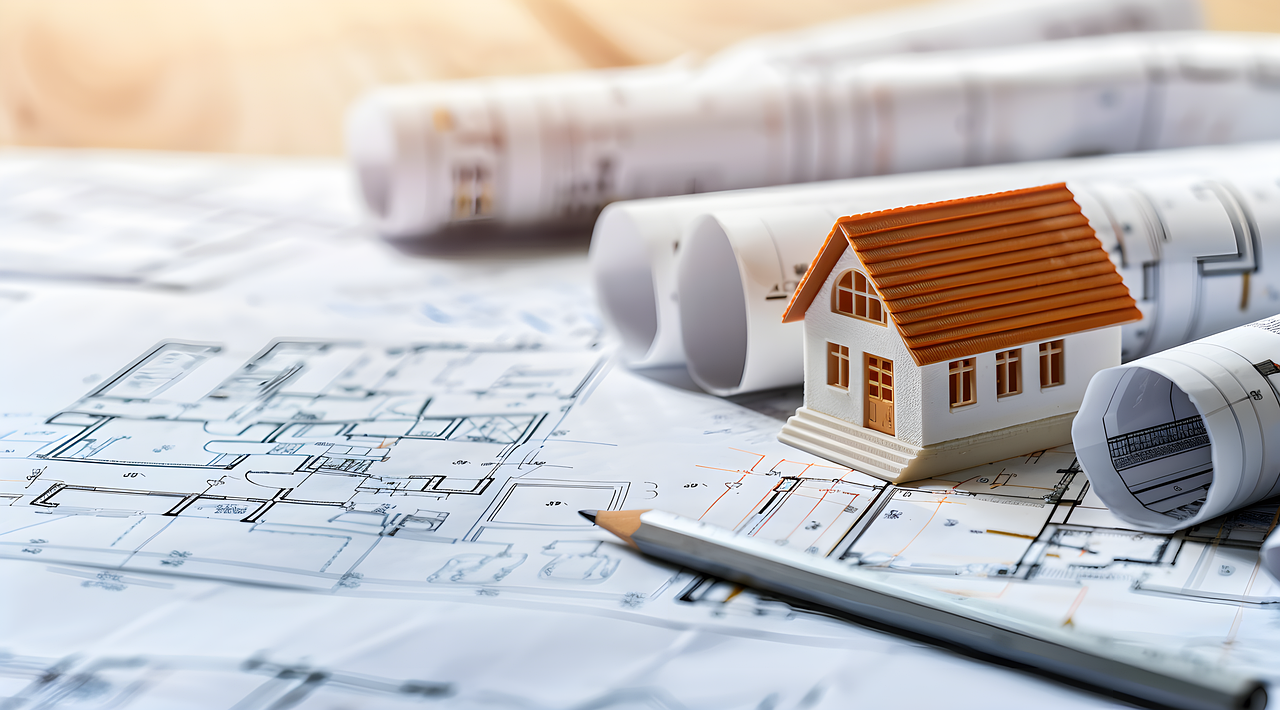

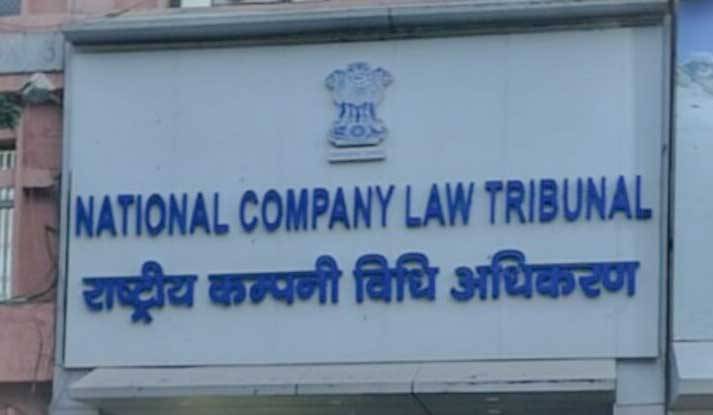


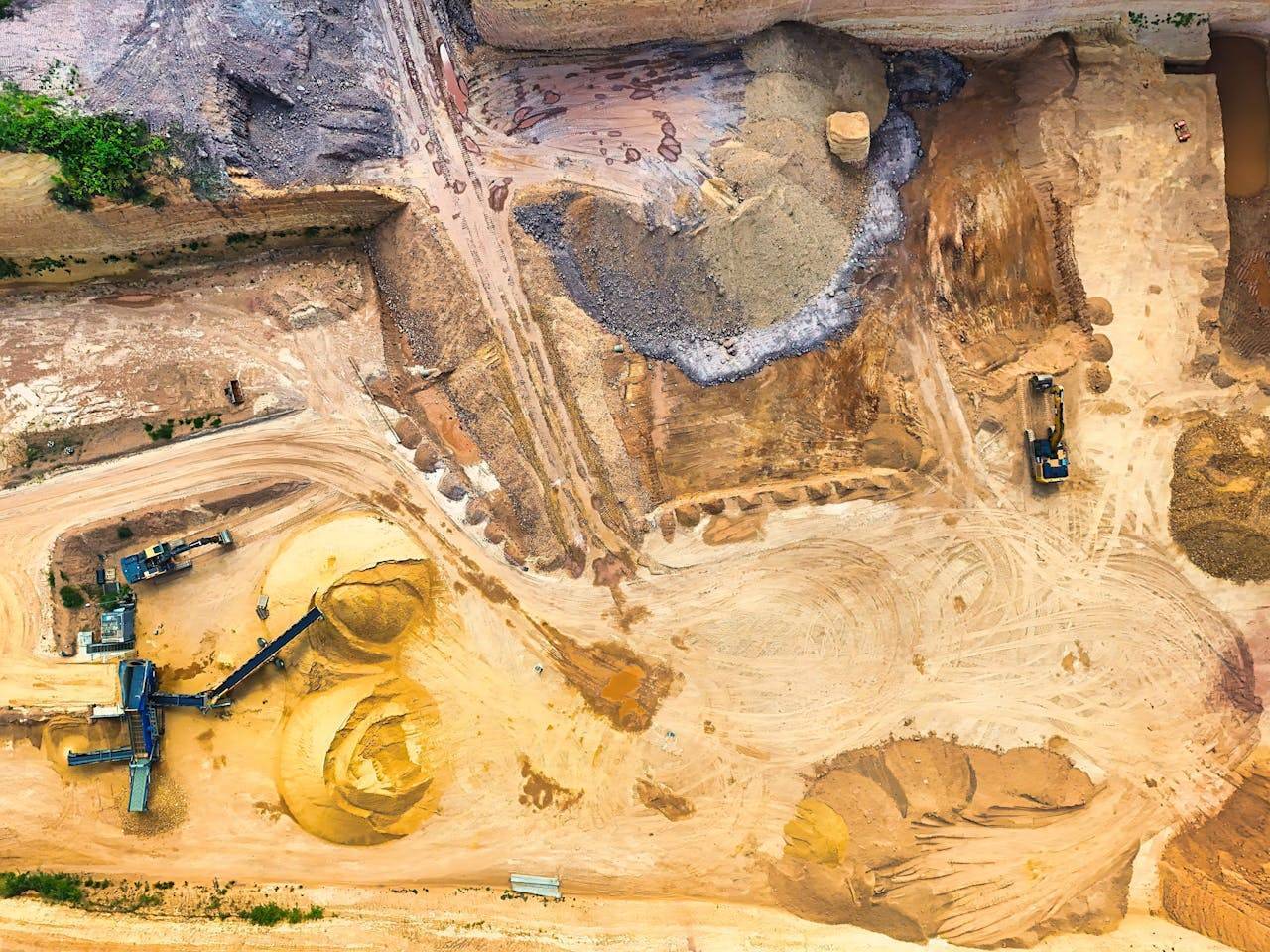

.png)